Decoupage doors: beautiful ideas and performance features
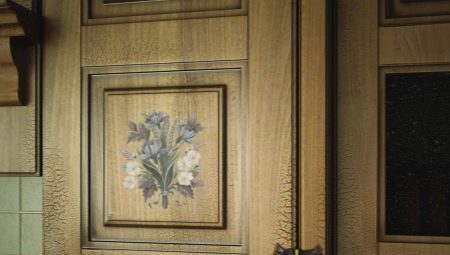
In order to transform the interior, bring novelty to it in the cheapest way and at the same time enjoy the result, you can use the universal decoupage technique. Therefore, we will consider how to update interior doors with our own hands using such applications.
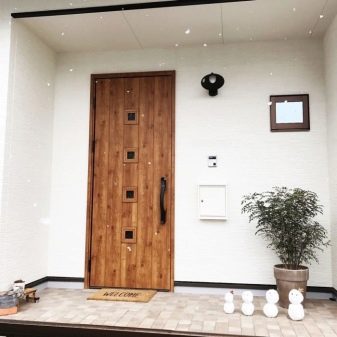
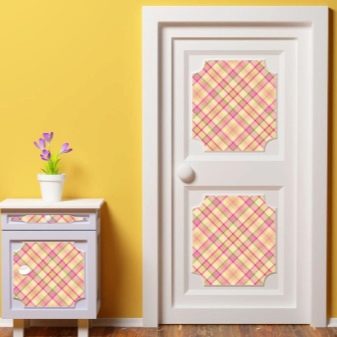
What is decoupage?
In simple words, this is a technique of cutting a pattern from special napkins and sticking it onto an object. It has existed for several centuries and is very popular today, since, in fact, it is very simple and affordable. The assortment of napkins with various patterns is so great that you can easily choose the option to your liking. When decorating interior doors it is worth considering the general interior design of the room or the entire apartment if you plan to decorate all the doors.
Do not forget that they should not introduce an imbalance, but, on the contrary, it is beneficial to emphasize the overall style.
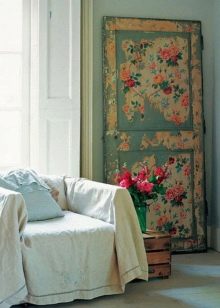
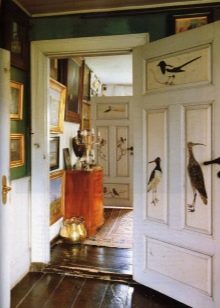
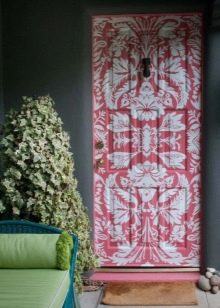
It is doubly pleasant when the work done pleases the eye and delivers aesthetic pleasure, especially in the absence of the opportunity to replace the old doors with new ones. After all, they are one of the most important components of design details. Decoupage of old doors will help to update the interior, give comfort to the space and emphasize the good taste of the owner of the house or apartment. You can decorate not only a wooden surface, but also plastic, veneer, eco-veneer and even glass.
List of materials that you may need:
- decoupage cards;
- acrylic primer;
- acrylic paints;
- craquelure varnish;
- ordinary varnish;
- Sander;
- drill bits;
- construction hair dryer;
- a special tool for removing old coatings;
- sandpaper of different fractions;
- putty knife;
- PVA glue or special glue;
- brushes;
- roller;
- masking tape;
- ruler;
- pencil;
- scissors;
- construction knife;
- putty.
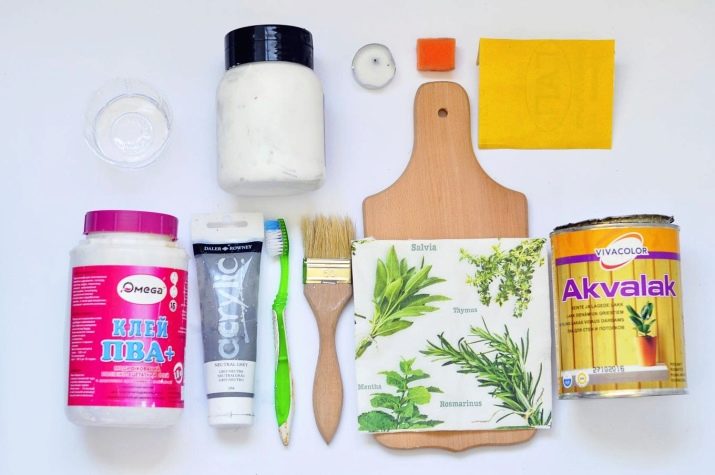
Preparing the door
First you need to cover the floors with oilcloth, as there will be a lot of dust and debris. Next, you need to get rid of old paint or varnish. If the paint is badly peeled off, then it is better to walk with a spatula and clean off everything that is peeled off. Then sand the surface with coarse sandpaper. It so happens that the varnish or paint has strongly eaten into the wood and it is not possible to remove them by sanding.
In this case, they will be able to help special products that are sold in any hardware store, or a hair dryer. There are a number of attachments for a drill or sander, but some difficulty with this method of removing the old coating is that the pressure must be even, otherwise the surface may become uneven. Plus, this method is inconvenient when processing is carried out in a residential area.
If the door leaf is not removed, then you have to do everything by weight, and there is more dust. In general, the choice is yours.
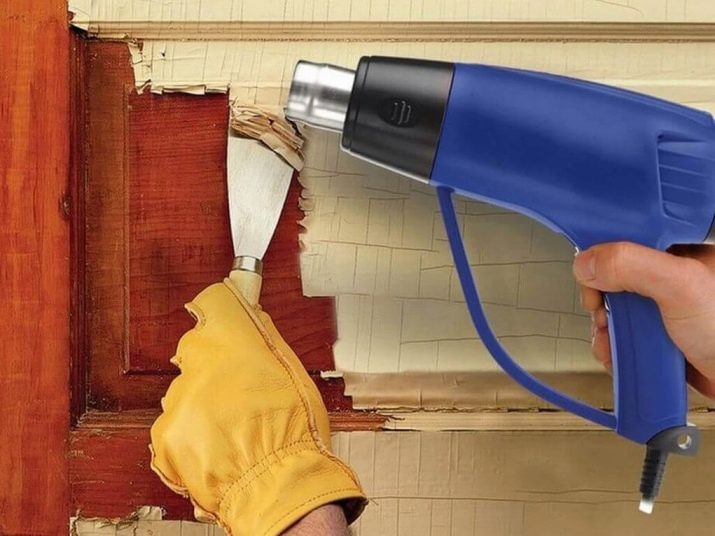
After removing the coating in any way, you need to walk over the surface with fine-grain sandpaper. Then clear the entire door from dustwiping with a rag. A brush is used in hard-to-reach places. If the door surface is paneled, then in the end it is better to walk with a vacuum cleaner without a nozzle. In this way, all the dust will be removed and you can proceed to the next stage.
Visually assess the condition of the door: if there are large or small cracks on the wooden sheet, it is necessary cover them with a special putty and let it dry well. Also sold in any hardware store. After drying, once again go over the areas covered with putty with fine sandpaper. Then everything is primed. This applies to wooden doors.
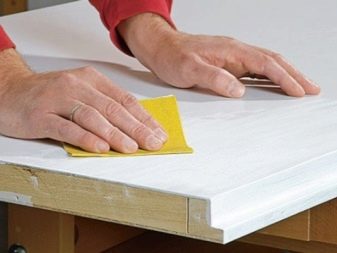
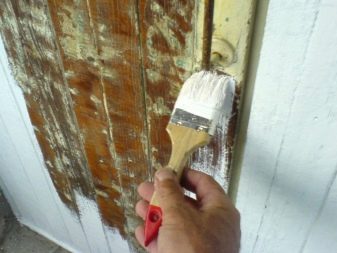
As a rule, there is no damage on veneer and eco-veneer canvases. Therefore, they can simply be wiped with a cloth to remove dust and dirt and primed using a roller.
Use a brush in hard-to-reach places. After preparation, you can start decorating.
Creative ideas
There are many design options, and it all depends on the imagination. You can pick up a rather large drawing that goes from bottom to top or vice versa. Most often, such drawings are independently printed on paper, and then transferred to the object. Or, with small applications, they are glued to predetermined places and create a specific composition. Decoupage cards are selected in accordance with the general background of the door. It is not necessary to paint the canvas with one color, sometimes the combined coloring looks more interesting.

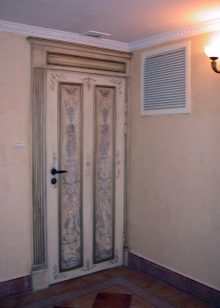
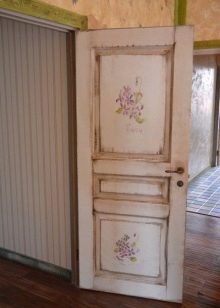
It is worth thinking over the final result in advance, but if necessary, make adjustments in the process of work. The drawing should look harmonious and stand out effectively. Depending on the design style, these can be either monochrome pictures or sufficiently contrasting ones. In addition to floral ornaments, birds, animals, fairytale and cartoon characters, trees, and geometric shapes are popular.
If it is necessary to select a monochrome drawing in some places, then using drawing it is easy to do, for this you do not even need drawing skills.
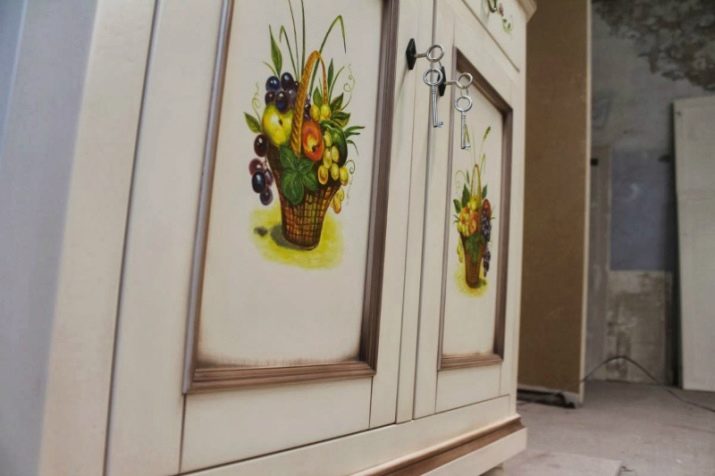
Mark those areas that need to be selected, "by eye", and paint the desired color along the lines draw them. There is no need to try very hard not to go beyond the boundaries of the lines - there will be nothing terrible if some areas are not ideal, provided that the proportions are still maintained. As a result, the effect will be obtained, as if the whole drawing is drawn by hand, which will make the door expensive. After all, as you know, manual work is valued higher.
When everything is ready, once again take a close look at your creation: does everything suit you or you need to add something else. If you like everything, then the completion of the decoupage and door decor process will be the application of varnish. There are different types to choose from.Glossy, matte, semi-matte, craquelure. Apply with roller or brush.

Craquelure varnish is used to artificially age the surface and make it cracked.
Cracks can be made of various thicknesses and sizes. The stronger the thermal effect during drying, the thicker the cracks. In any case, they will not be the same, which gives the effect of naturalness. Read the instructions carefully before using - all the nuances are indicated there.
Other accessories can be used in the decor, if they are appropriate:
- sequins;
- beads;
- rhinestones;
- buttons;
- braid and lace;
- glass or ceramic mosaic;
- toppers (words from plywood);
- stucco molding;
- moldings.
And much more, you can list it for a long time.
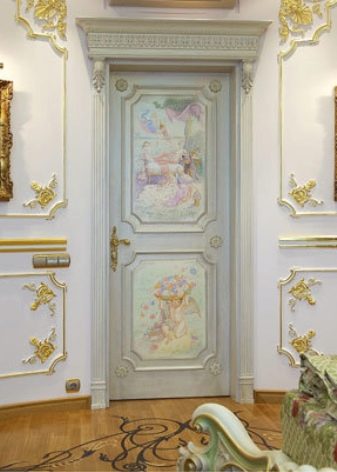
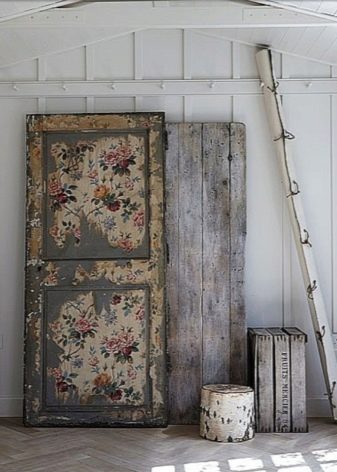
Decoupage doors with wallpaper
Surely everyone on the mezzanine has leftover pieces of wallpaper after renovation. They can also be used when decorating interior doors. Either as a background or as a substitute for decoupage cards, provided that the drawing matches the idea and style. In the same way, fix the cut pieces with PVA glue in the designated places. After that, so that the borders of the patterns are not visible, you can tint the necessary areas with the background paint with a sponge and, after drying, slightly smooth the surface with fine sandpaper.
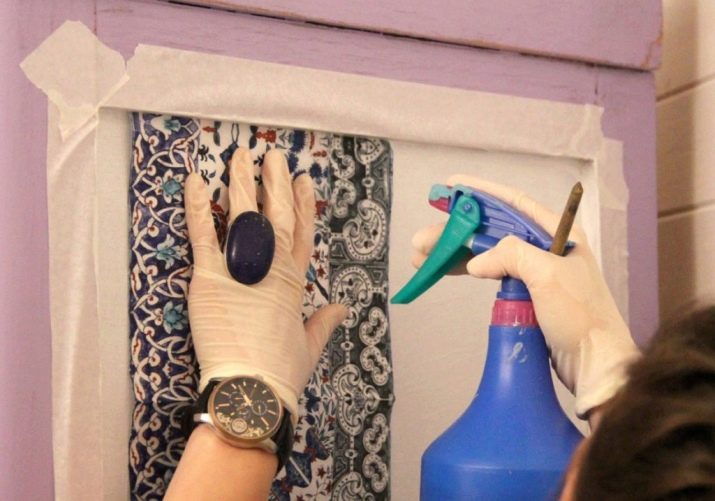
There is also such an option when a picture from a decoupage card is glued directly onto the wallpaper, if they are the background. Of course, in this case, the wallpaper should be plain and light, otherwise the picture will be hard to see. When only wallpaper without decoupage cards is used, they are glued in the part of the door where there is a panel, or on the protruding parts, or the door is completely pasted over. You can also use wallpaper with a 3d pattern. Here, too, the choice is huge.
Decoupage technique can be used to update interior doors in different styles:
- Art Nouveau;
- provence;
- vintage;
- shabby chic;
- country;
- classic;
- pop Art;
- modern.
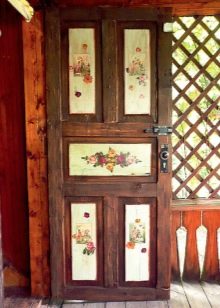
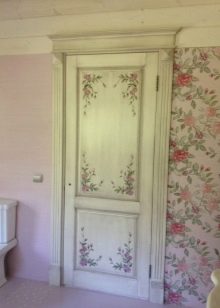
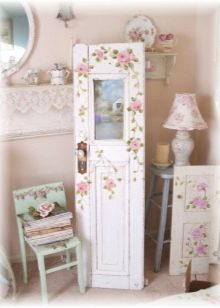
Turn on your imagination and get creative. A good mood will help you easily implement your plans, and the result will bring pleasure.
Do-it-yourself door decoupage master class, see below.








